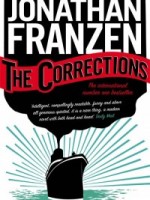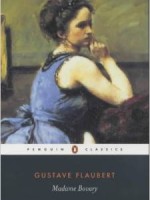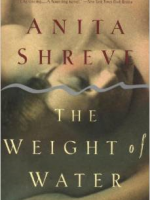(Published by Faber and Faber)
 |
Seven Types of Ambiguity is the third book from award-winning Australian writer Elliot Perlman. Published to critical acclaim in his native land, it has been compared with Jonathan Franzen’s successful and similarly wide-ranging The Corrections.
The story hinges on the obsessive love of an idealistic teacher, Simon, for Anna, his lover from university days. She left him, married a stockbroker, and had a child. Ten years later – because he believes it will get Anna to come back to him – Simon kidnaps the child. This action leads to a court case, large chunks of psychoanalysis, police corruption, a corporate fitness weekend and much discourse on late 20th-century capitalism and its discontents.
It’s a novel in seven chapters from seven points of view, each in its own way a scathing attack on contemporary Australian life. The chapters overlap, offering different perspectives on a series of events. Perlman takes his title – and his lead – from a 1930s book by literary critic William Empson who wrote on the effectiveness of ambiguity in poetry and very little of what the various narrators say can be taken at face value.
It’s a daring conceit but Perlman’s character’s voices aren’t always as carefully delineated as they could be and he over-does the psychoanalysis and literary theory. His treatment of women is somewhat suspect and none of them escape unscathed, being variously marked by losing a baby to SIDS, dementia and MS.
However, this story of obsession does eventually become a page-turner, right up to the – of course – ambiguous ending. Perlman’s ambition may outstrip his talents but Seven Types of Ambiguity is still a worthwhile read. ![]()




